Have you ever wondered why your cat sometimes hides away or refuses to come when called? Or why, on other days, they curl up on your lap, purring contentedly as if you’re their favorite person in the world? The secret often lies in the environment you create for them. For cat lovers who dream of a peaceful, trusting bond with their feline friends, building a predictable environment is the first, critical step. Cats yearn for stability and routine, and when their world feels safe and understandable, trust blossoms. Let’s dive deep into the art of crafting that perfect, calm space where your cat can feel truly at home.
Understanding the Feline Mindset

Cats are mysterious creatures whose behavior is tightly linked to their surroundings. Unlike dogs, cats are highly sensitive to change and can become anxious if their environment shifts suddenly. Their instincts are rooted in survival—predictability means safety. When a cat knows what to expect, it lets its guard down. This is why creating a stable, routine-filled environment is so essential. Consider how you might feel constantly on edge in a world where nothing stayed the same for long; cats experience this anxiety much more acutely. By understanding the feline mindset, you lay the foundation for a relationship built on trust. The key is empathy—stepping into their paws and seeing the world from their perspective.
The Importance of Consistent Routines

Routine is a cat’s best friend. Feeding, playtime, and even cleaning the litter box should happen at roughly the same times each day. When these activities follow a schedule, your cat learns there’s nothing to fear. For example, feeding your cat every morning and evening at set times helps them anticipate when their needs will be met. This predictability soothes their nerves and fosters a sense of security. If you must make changes, introduce them gradually. Sudden shifts—like changing food brands or moving furniture—can unsettle your cat. Consistency is a form of communication, telling your cat, “You are safe, and your world is under control.”
Creating Familiar Spaces
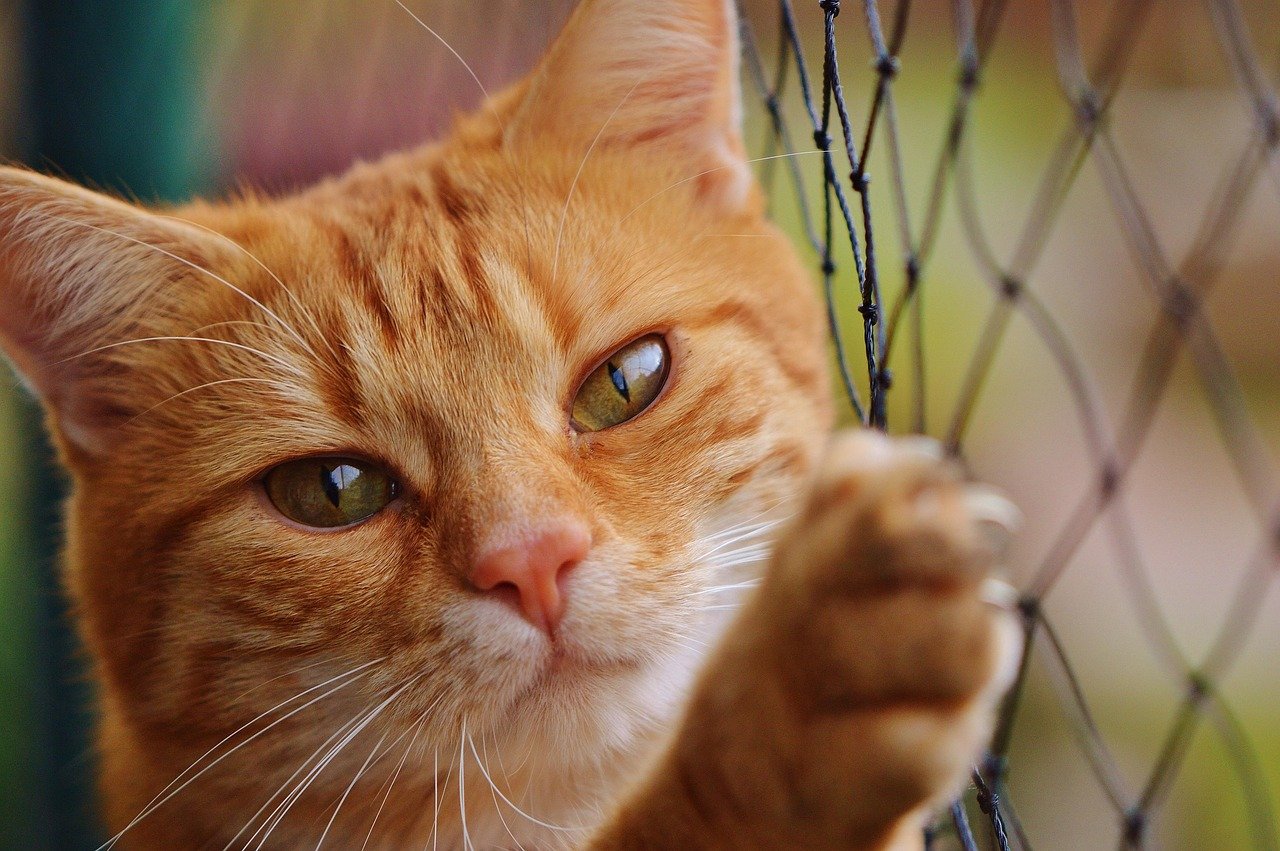
Cats are territorial animals who cherish their chosen spots. Whether it’s a sunny window ledge or a cozy cat bed, these spaces are their sanctuaries. You can help by providing dedicated areas that remain unchanged, even as the rest of your home evolves. Use soft blankets, familiar toys, and scratching posts to reinforce these safe zones. Avoid rearranging their favorite spots too often. If you need to move a cat tree or bed, do it slowly and give your cat time to adjust. Familiar spaces give them a sense of ownership and belonging, which is vital for trust. Think of these spots as their personal “comfort corners” where they can retreat whenever life feels overwhelming.
Minimizing Sudden Noises and Movements

Loud noises and rapid movements can be terrifying for cats, triggering their natural flight response. Vacuum cleaners, slamming doors, or even boisterous visitors can unsettle them. Try to keep noise levels predictable and warn your cat before any loud activity. Soft voices and gentle movements go a long way in reassuring them. If you have guests, let your cat observe from afar until they feel comfortable. Creating calm, peaceful spaces helps reduce anxiety. Remember, an environment free from sudden disturbances is an environment where trust can take root and grow.
Offering Predictable Social Interactions
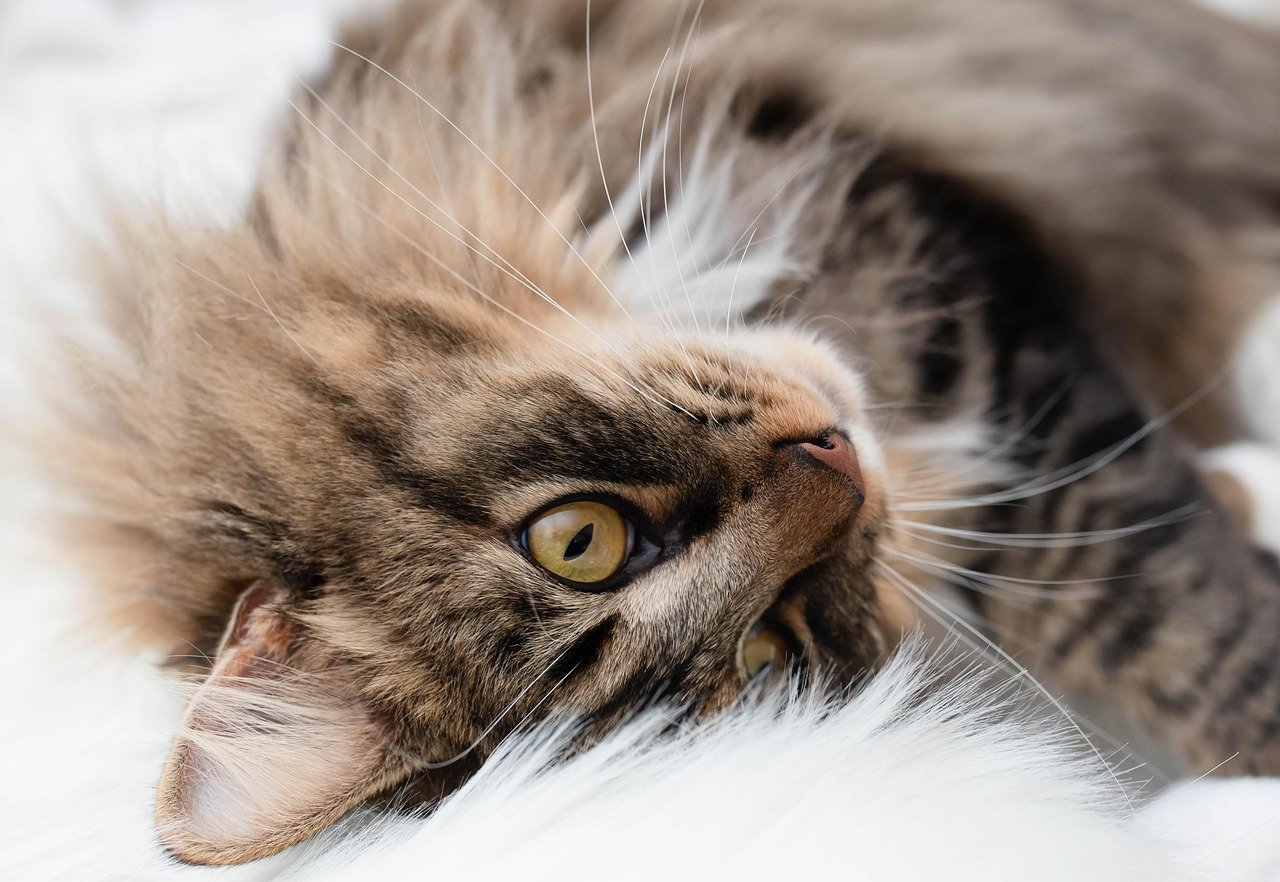
Cats appreciate social interactions that are calm and consistent. Some cats crave attention, while others prefer distance, but all benefit from knowing what to expect. Greet your cat the same way each day, using a gentle voice or a soft pet. Avoid forcing interaction, especially if your cat is shy. Instead, let them initiate contact. Predictable gestures—like a daily brushing session or evening cuddle—help reinforce your bond. Over time, these rituals become moments your cat looks forward to, strengthening trust and affection.
Safe Spots for Retreat
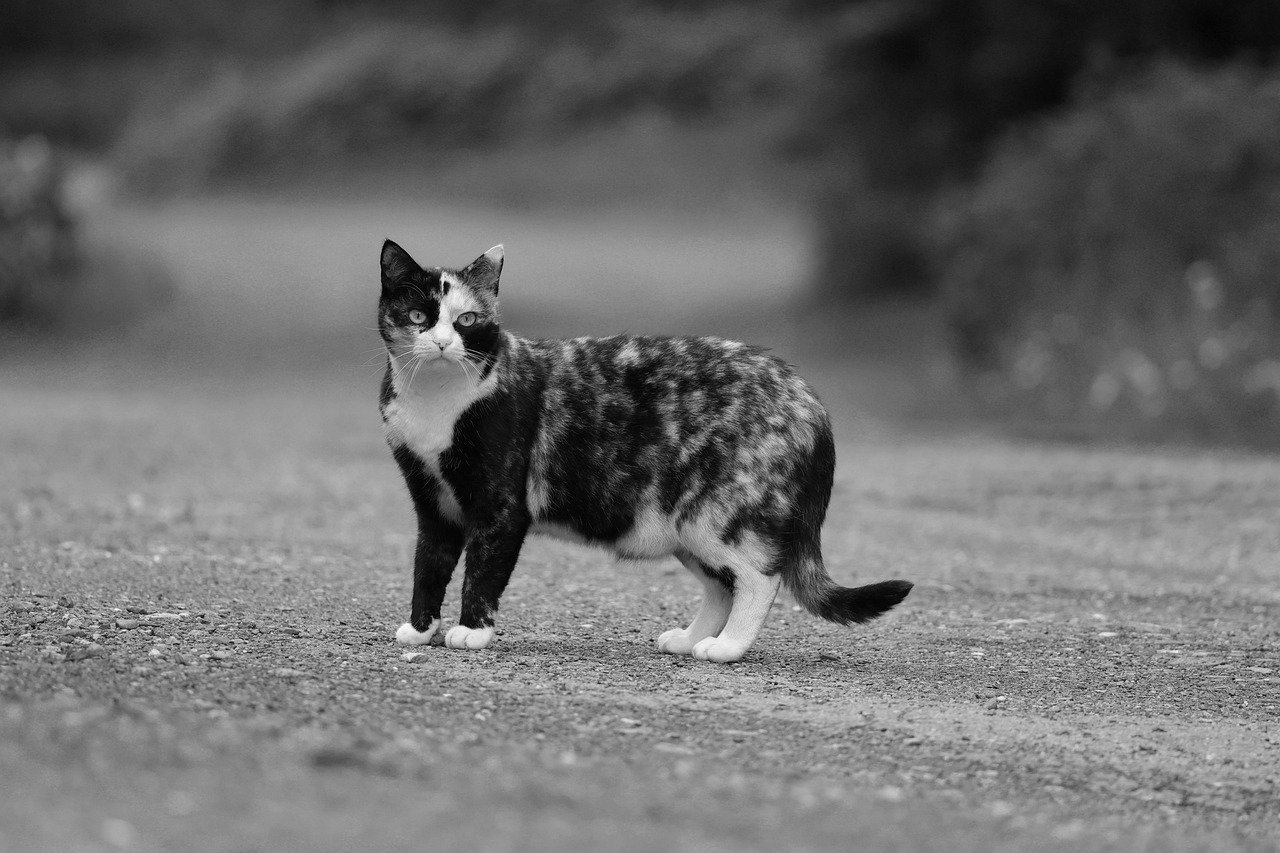
Every cat needs a place where they can hide away and decompress. This could be a covered bed, a cardboard box, or a quiet closet. These retreats act like security blankets, offering comfort during stressful times. Always ensure your cat has access to these safe spots, especially during loud events like thunderstorms or parties. Never force your cat out of hiding; let them emerge in their own time. By providing a guaranteed escape, you show your cat you respect their boundaries, which is crucial for building trust.
Regular Feeding Schedules

Feeding your cat at the same times every day is more important than you might think. Cats’ internal clocks are finely tuned, and they thrive when meals are predictable. Scheduled feeding also prevents overeating and helps you monitor your cat’s health. If you’re away, consider an automatic feeder to keep up the routine. Sudden changes in diet or meal times can make your cat anxious and even lead to digestive issues. Mealtime rituals are a simple yet powerful way to communicate care and reliability to your feline companion.
Using Scent to Create Familiarity

Cats rely on scent to navigate their world. Familiar smells reassure them, while strange odors can cause distress. Keep your cat’s bedding, toys, and favorite resting places unwashed for a little while so their scent lingers. If you bring home something new—like furniture or a carrier—rub it with a cloth that has your cat’s scent. This helps the new object feel less foreign. Regularly using the same cleaning products and avoiding strong perfumes also maintain a comforting olfactory environment. Scent is invisible, but for your cat, it’s a powerful anchor of trust.
Respecting Personal Space
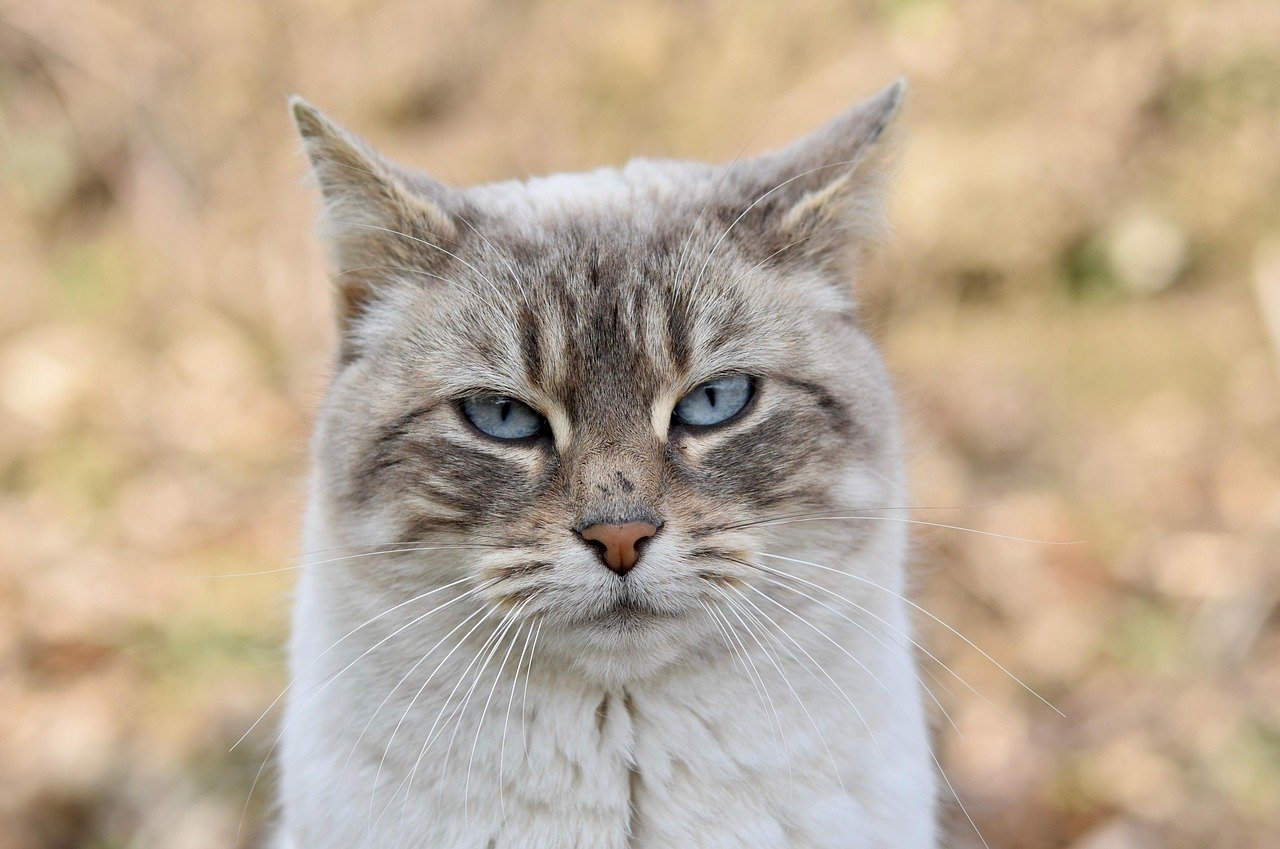
One of the fastest ways to lose a cat’s trust is by invading their personal space. Cats are naturally cautious and need time to assess their environment. Allow your cat to come to you rather than forcing interactions. If you have children or guests, teach them to approach slowly and respect the cat’s boundaries. Personal space is sacred to cats—it’s the foundation of their confidence. When a cat knows their boundaries will be honored, they relax and become more affectionate over time.
Encouraging Play in a Safe Setting

Playtime is essential for a cat’s physical and emotional well-being, but the environment must feel safe. Use interactive toys like feather wands or laser pointers in spaces your cat already feels comfortable. Avoid introducing new toys too quickly or playing near loud appliances. Gradually build play sessions into your daily routine, so your cat knows what to expect. Predictable play not only burns energy but also strengthens the trust between you and your furry friend. Think of play as a language of love—spoken in the safety of a familiar setting.
Predictable Handling and Grooming

Handling and grooming can be stressful if they’re unpredictable or rough. Always use the same gentle approach, speaking softly and moving slowly. If you brush your cat or trim their nails, establish a routine so they know when it’s coming. Reward your cat with treats or affection afterward, reinforcing positive associations. Avoid restraining your cat forcefully unless it’s absolutely necessary. Predictable handling reassures your cat that nothing bad will happen suddenly, turning potentially stressful tasks into trust-building rituals.
Gentle Introductions to New Experiences

Change is inevitable, but it doesn’t have to be scary. When introducing your cat to something new—like a pet, person, or room—do it slowly and calmly. Let your cat explore at their own pace, offering treats and praise for bravery. Never rush the process or force your cat into unfamiliar situations. Gradual introductions teach your cat that new experiences aren’t threatening, especially when handled with patience and care. Over time, your cat will trust you as their guide through life’s changes.
Stable Litter Box Habits

The litter box is a critical part of your cat’s routine. Keep it in a quiet, accessible location and clean it regularly. Avoid moving the box or changing litter types suddenly, as this can cause confusion or stress. If you must make adjustments, do so gradually—mix old and new litter or slowly shift the box’s position. A predictable litter box environment prevents accidents and reassures your cat that their needs will always be met. Consistency here is one of the surest ways to earn a cat’s trust.
Managing Changes in the Home

Major changes—like moving, redecorating, or adding family members—can unsettle your cat. Prepare them by keeping some things familiar, like their bed or favorite toys. Set up a quiet room where they can adjust at their own pace. Use a calm, steady voice and stick to established routines as much as possible. During transitions, extra patience and reassurance go a long way. With time, your cat will adapt, knowing you’re their constant in a world of change.
Positive Reinforcement

Rewarding your cat for calm, confident behavior helps reinforce trust. Use treats, praise, or gentle petting when your cat explores, plays, or interacts positively. Never punish or scold—negative reinforcement only creates fear and distrust. Positive reinforcement teaches your cat that good things happen when they’re brave or friendly. Over time, this encourages them to trust both you and their environment. Think of it as building a bridge, one treat at a time.
Reducing Stressful Triggers
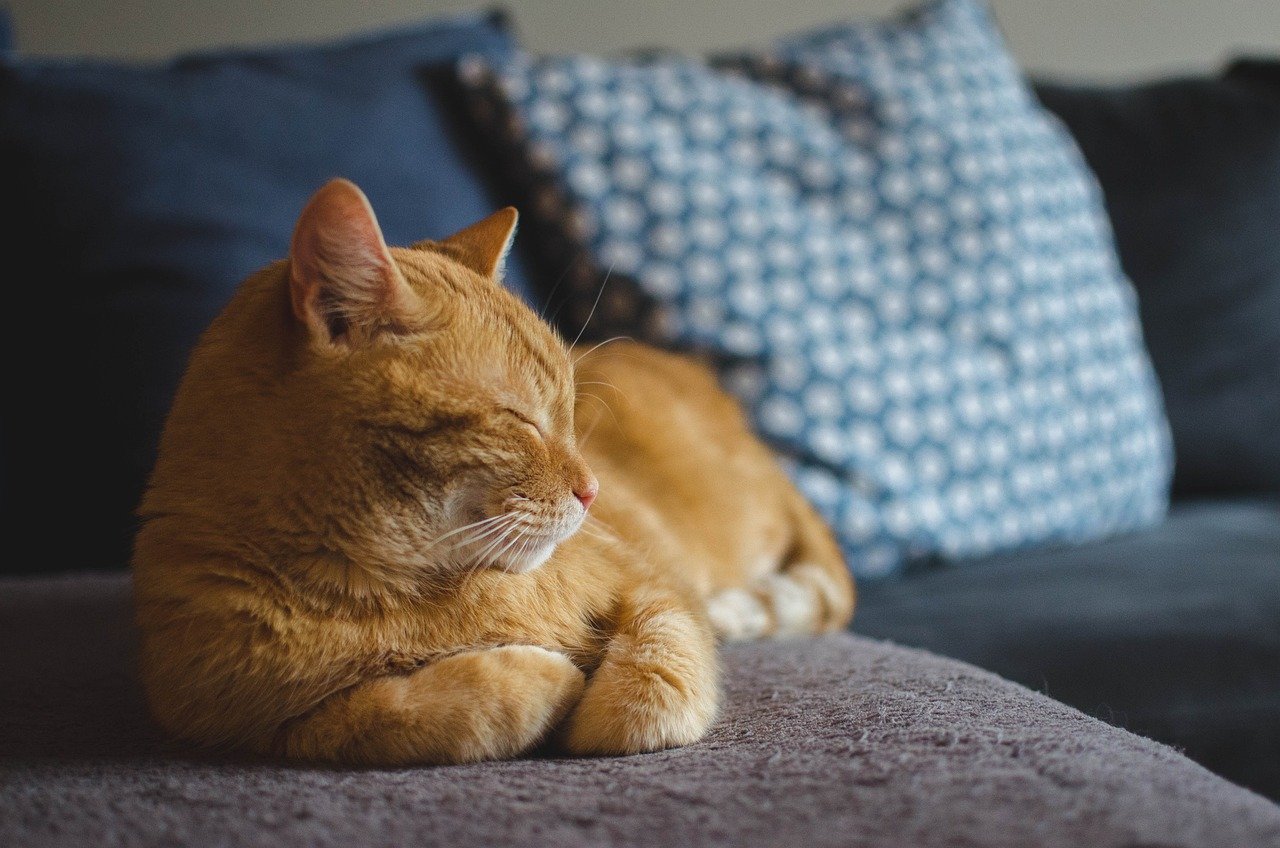
Every cat has unique stressors—be it loud music, unfamiliar visitors, or other pets. Identify what unsettles your cat and take steps to minimize these triggers. Create quiet zones they can escape to, and use calming products like pheromone diffusers if needed. Small changes, like closing curtains during fireworks or playing soft music, can make a big difference. By actively reducing stress, you reinforce your cat’s sense of safety and control, key ingredients for trust.
Communicating with Body Language

Cats are masters at reading body language. Your posture, gestures, and tone of voice all send powerful messages. Move slowly, make yourself appear smaller, and blink gently to signal friendliness. Avoid towering over or staring directly at your cat, which can be intimidating. Learning to “speak cat” through body language builds mutual understanding and trust. Over time, your cat will respond with relaxed postures and affectionate gestures of their own.
Maintaining a Calm Personal Mood

Cats are incredibly intuitive and pick up on your emotions. If you’re upset or stressed, your cat may become anxious as well. Take a few deep breaths and center yourself before interacting with your cat. A calm, steady presence is reassuring. When your mood is stable, your cat feels more secure. Think of yourself as the emotional anchor in your cat’s universe; your calmness is contagious and helps build trust.
Building Trust with Multiple Cats

If you have more than one cat, creating a predictable environment becomes even more important. Offer multiple resources—like beds, litter boxes, and feeding stations—so each cat has a sense of territory. Keep routines the same for all, but respect individual preferences and personalities. Introduce new cats slowly and monitor interactions closely. Predictability prevents rivalry and stress, fostering harmony and trust among your feline family members.
Being Patient and Observant
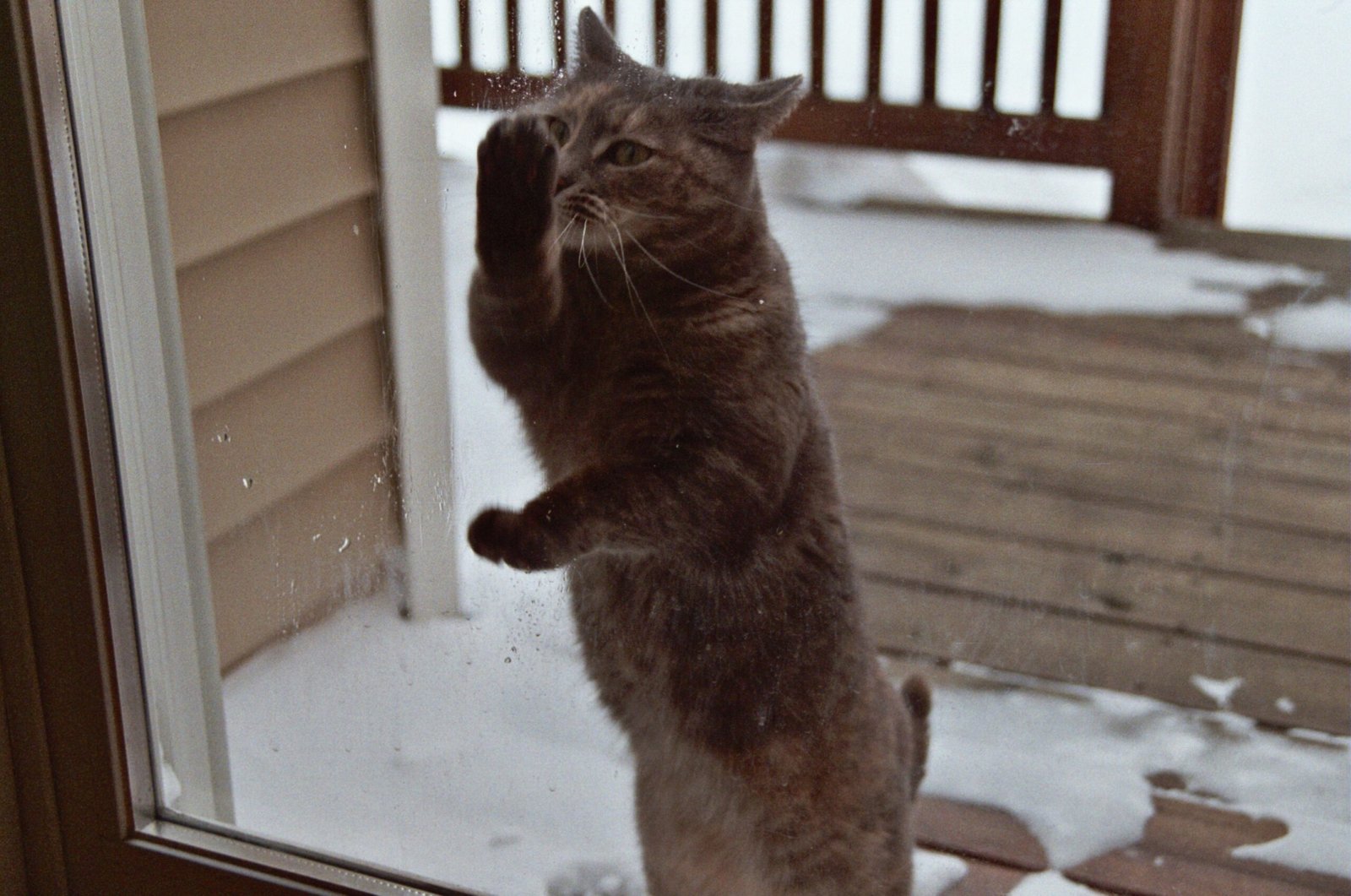
Building trust with a cat is a journey, not a sprint. Pay attention to your cat’s signals—are they relaxed, hiding, or showing curiosity? Adjust your actions based on their comfort level. Some cats warm up quickly, while others take months to feel safe. Patience is the magic ingredient that transforms anxiety into affection. By observing and respecting your cat’s pace, you let them know you’re worthy of their trust. Your attentiveness will be rewarded with a deeper, more meaningful bond.
The Power of Predictability in Everyday Life
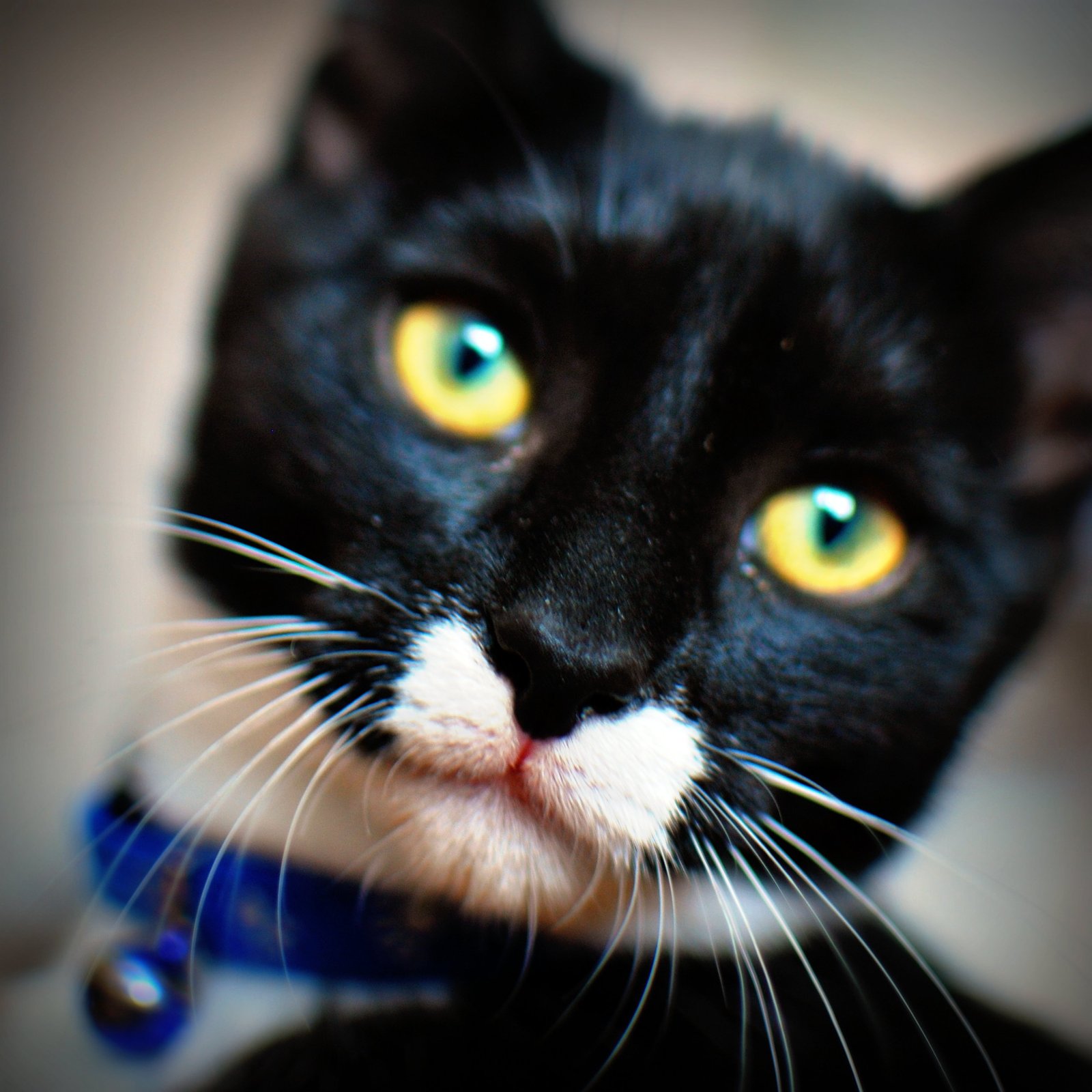
Predictability isn’t just about routines—it’s about creating a world where your cat knows what to expect, every single day. Whether it’s morning cuddles, afternoon naps in the sun, or the sound of your keys at the door, these small, predictable moments build a foundation of trust. Over time, your cat will look to you as their anchor—the steady heart of their universe. Isn’t it amazing how something as simple as a routine can turn uncertainty into unconditional love?






